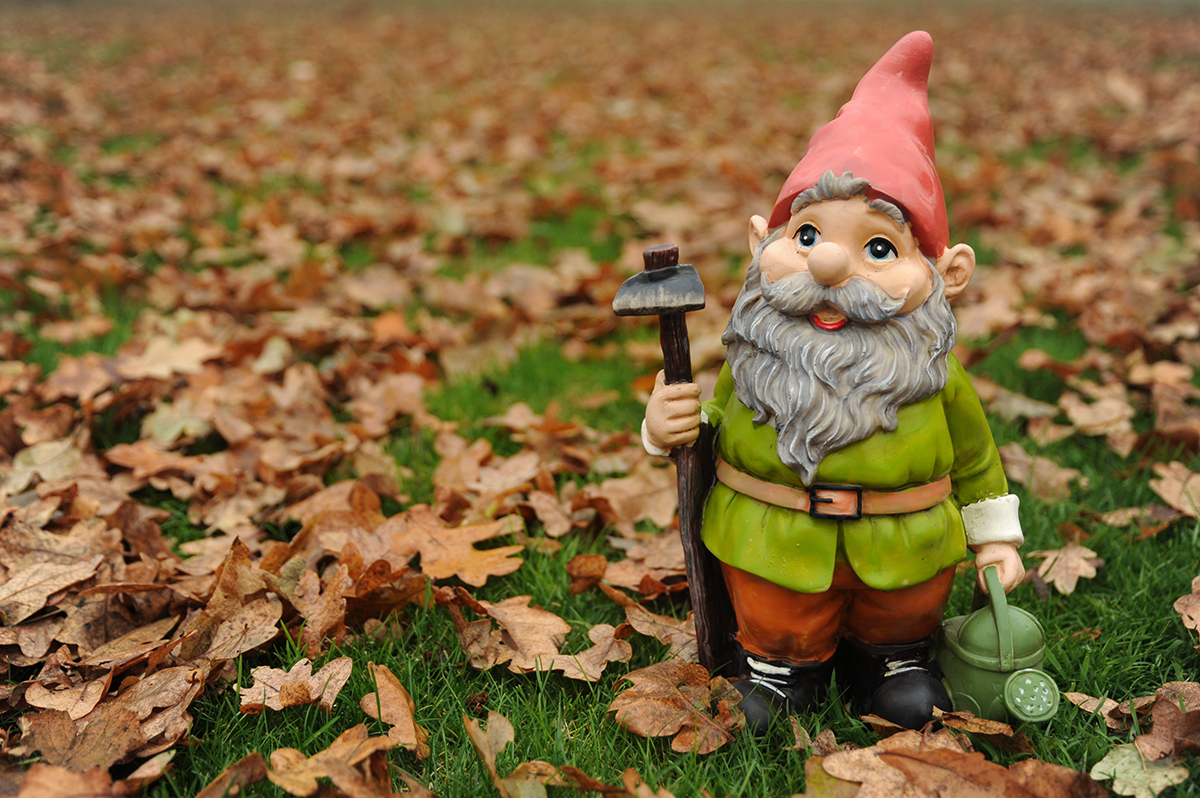

Articles
What Are Garden Gnomes
Modified: January 19, 2024
Discover the charm of garden gnomes and their role in gardening. Learn how these whimsical creatures add a touch of magic to your outdoor space and enhance your gardening experience.
(Many of the links in this article redirect to a specific reviewed product. Your purchase of these products through affiliate links helps to generate commission for Storables.com, at no extra cost. Learn more)
Introduction
Garden gnomes have become iconic figures in gardens around the world, adding a touch of whimsy and charm to outdoor spaces. These small statues, typically depicting bearded men dressed in colorful clothing and pointy hats, have a long and storied history. From their origins in Europe to their global popularity today, garden gnomes have captured the imagination of people of all ages.
But what are garden gnomes exactly? And why have they become such beloved garden decorations? In this article, we will explore the fascinating world of garden gnomes, from their humble beginnings to their modern incarnations.
Garden gnomes first originated in the 19th century in Germany, where they were known as “gartenzwerge” (garden dwarfs) and were believed to bring good luck and protect gardens from evil spirits. These early gnomes were often made from clay and were designed to resemble small, elderly men with long beards, wearing traditional clothing and pointed hats.
Over time, the popularity of garden gnomes spread across Europe, and they became a common feature in gardens in countries such as France, England, and the Netherlands. As the concept of gnomes evolved, so did their appearance. They began to take on different poses and activities, such as fishing, reading, or napping, adding a sense of whimsy and playfulness to the garden landscape.
In the 20th century, garden gnomes reached new heights of popularity, especially in the United Kingdom. They became a symbol of British culture and were embraced by garden enthusiasts and collectors. This led to the mass production of gnomes, making them more accessible and affordable for people around the world.
Today, garden gnomes come in a wide variety of styles and designs. Some are traditional in nature, resembling the classic gnome with a red hat and beard. Others take a more modern and artistic approach, with gnomes crafted from materials like resin or metal and featuring unique colors and patterns.
Despite their whimsical appearance, garden gnomes hold a deeper cultural significance. They are often associated with folklore and mythology, representing a connection to the natural world and the mystery of the unseen. In some cultures, gnomes are believed to bring good luck and protect the home and garden from harm.
Whether you are a gardening enthusiast, a collector, or simply someone who appreciates the charm of these little statues, garden gnomes have a way of capturing our imagination and adding a touch of magic to our outdoor spaces. In the following sections of this article, we will delve deeper into the history, evolution, and cultural significance of garden gnomes, as well as explore the different types and styles available to collectors and garden enthusiasts.
Key Takeaways:
- Embrace the whimsical charm of garden gnomes, from their rich history to their diverse styles, and add a touch of magic and personality to your outdoor space.
- While controversies exist, the cultural significance and collectible value of garden gnomes continue to enchant and inspire, fostering a sense of joy, connection to nature, and creativity.
Read more: How To Make Outdoor Gnomes
Brief History of Garden Gnomes
Garden gnomes have a rich and intriguing history that dates back to the early 19th century. They originated in Germany, where they were known as “gartenzwerge” (garden dwarfs) and were believed to possess magical powers and offer protection to gardens.
The concept of garden gnomes first emerged in the town of Graefenroda, Germany, in the late 18th century. There, a potter named Phillip Griebel began producing clay statues of small bearded men, which he marketed as garden ornaments. These early gnomes were inspired by the German mythological creatures known as “Kobolds,” who were believed to live underground and safeguard treasure.
Griebel’s garden gnomes quickly gained popularity and soon caught the attention of other craftsmen and manufacturers in Germany. The production of garden gnomes expanded, reaching its peak in the mid-19th century, when numerous factories across the country started mass-producing these charming figurines.
During this time, garden gnomes became synonymous with good luck and protection. Many believed that having a gnome in the garden would bring blessings and ensure a bountiful harvest. Garden gnomes were also seen as guardians, warding off evil spirits and protecting the home and garden from harm.
As their popularity grew, garden gnomes began to make their way to other parts of Europe. In France, they were known as “nains de jardin” (garden dwarfs), while in England, they became popularly referred to as “gnomes” after Sir Charles Isham introduced them to his garden at Lamport Hall in the 1840s. From there, gnomes quickly gained popularity in English gardens and became a symbol of British culture.
However, the rise of World War II in the mid-20th century had a significant impact on the production and popularity of garden gnomes. Many factories were converted for war efforts, and the production of non-essential items like garden gnomes declined sharply.
Despite this setback, the demand for garden gnomes resurfaced after the war, as people sought to bring a sense of joy and whimsy back to their gardens. Gnome production resumed, and new designs and styles emerged, reflecting the evolving tastes and preferences of garden enthusiasts.
In recent years, garden gnomes have continued to capture the imagination of people worldwide. They have become a popular collectible item, with enthusiasts seeking out rare or unique gnomes to add to their collections. Garden gnomes have also made their way into popular culture, appearing in films, literature, and art, further cementing their status as beloved garden decorations.
Today, garden gnomes can be found in various materials, including traditional clay, resin, and metal. They come in different poses and activities, from fishing to reading, and their designs range from classic red-hatted gnomes to more modern and artistic interpretations.
While the exact origin and purpose of garden gnomes may still be shrouded in mystery, their enduring popularity and enchanting presence make them a delightful addition to any garden landscape.
Evolution of Garden Gnomes
Over the years, garden gnomes have undergone a fascinating evolution in terms of their appearance, styles, and cultural significance. From their humble beginnings as traditional clay statues to the diverse range of designs available today, the evolution of garden gnomes is a testament to their enduring popularity and ability to adapt to changing times.
In the early days of garden gnomes, these charming statues were typically made from clay and portrayed as small, elderly men with long beards, pointy hats, and colorful clothing. These traditional gnomes were often depicted engaging in simple activities such as gardening or carrying buckets of water, reflecting their role as protectors and caretakers of the garden.
As garden gnomes gained popularity across Europe, their designs began to evolve. In the mid-20th century, there was a shift towards more whimsical and playful interpretations of gnomes. Gnomes started to take on different poses and activities, such as sitting on a swing, reading a book, or fishing, adding a sense of movement and lightheartedness to their appearance.
During this time, the materials used to create garden gnomes also expanded. While clay remained a popular medium, manufacturers began experimenting with other materials like resin and metal. These new materials offered greater durability and allowed for finer details in the gnome designs.
In addition to the changing poses and materials, garden gnomes also started to deviate from the traditional red hat and blue clothing. Artists and designers began incorporating vibrant colors and unique patterns into the gnomes’ attire, allowing for a more personalized and artistic touch. Gnomes with polka dots, stripes, or floral designs became popular, reflecting the individuality and creativity of both the creators and collectors.
Furthermore, the influence of popular culture and modern art has had a significant impact on the evolution of garden gnomes. Artists and designers have taken inspiration from various artistic movements, such as Art Nouveau or Pop Art, to create gnomes with a more contemporary and abstract aesthetic. These artistic gnomes often feature bold colors, asymmetrical shapes, and unconventional poses, pushing the boundaries of traditional gnome design.
With the rise of social media and online marketplaces, the accessibility and variety of garden gnomes have expanded even further. Independent artists and crafters now have platforms to share and sell their unique gnome creations. This has led to an increase in one-of-a-kind and custom-designed gnomes, allowing collectors to find gnomes that perfectly complement their individual tastes and preferences.
Overall, the evolution of garden gnomes is a testament to the enduring appeal and adaptability of these charming garden decorations. From their traditional clay statues to the contemporary and artistic interpretations, gnomes continue to enchant and capture the imagination of people worldwide. As new styles and designs emerge, garden gnomes remain an essential element of garden landscapes, adding a touch of personality, whimsy, and joy to outdoor spaces.
Cultural Significance of Garden Gnomes
Garden gnomes have transcended their role as mere garden decorations and have acquired cultural significance in various parts of the world. These whimsical statues not only add charm and personality to outdoor spaces but also carry symbolic meanings and connections to folklore, mythology, and even social commentary.
One of the key cultural significances of garden gnomes is their association with nature and the natural world. Gnomes are often seen as guardians of the garden, protecting its flora and fauna from harm. They are believed to have a connection to the earth and possess a deep understanding of its secrets. This connection to nature resonates with many people, fostering a sense of respect and reverence for the environment.
In some cultures, garden gnomes are seen as symbols of good luck and prosperity. It is believed that having a gnome in the garden can bring blessings and ensure a bountiful harvest. This association with good fortune has made gnomes popular among gardeners and farmers, who often place them strategically to bring luck and abundance to their crops.
Additionally, garden gnomes hold a place in folklore and mythology. In German folklore, gnomes, known as “gnomes” or “kobolds,” were believed to be magical creatures that lived underground and guarded precious treasure. These mythical associations have added an air of intrigue and mystery to garden gnomes, making them more than just ornaments but beings with otherworldly connections.
Furthermore, garden gnomes have become cultural symbols associated with specific regions and countries. In Germany, where garden gnomes originated, they are deeply ingrained in the culture and are beloved figures depicted in various art forms. In England, they have become part of British identity, with gnomes featuring prominently in literature, art, and even political campaigns.
The cultural significance of garden gnomes is not limited to their mythological and regional associations. Gnomes have also been used as a means of social commentary and satire. In some instances, gnomes have been dressed up or modified to reflect current events or highlight certain social or political issues. These modified gnomes serve as artistic expressions and provoke conversations about important topics.
Beyond their symbolism and associations, garden gnomes have also become collectors’ items, fueling a passionate community of gnome enthusiasts. Collecting garden gnomes has become a hobby for many, with enthusiasts hunting for rare or unique gnomes to add to their collections. The act of collecting gnomes not only fosters a sense of nostalgia but also serves as a way of preserving and appreciating a piece of cultural history.
Overall, the cultural significance of garden gnomes is multifaceted. They represent nature, luck, mythology, and regional identity, all while inviting artistic expression and serving as collectibles. These little statues have captured the hearts and imaginations of people worldwide, infusing gardens with a sense of wonder, creativity, and cultural connection.
Types and Styles of Garden Gnomes
Garden gnomes come in a wide variety of types and styles, catering to the diverse tastes and preferences of collectors and garden enthusiasts. From traditional designs to modern interpretations, there is a gnome to suit every garden theme and personal aesthetic. Let’s explore some of the most popular types and styles of garden gnomes.
1. Traditional Gnomes: These are the classic gnomes that resemble the original German garden dwarfs. They typically feature a bearded gnome with a red pointed hat, blue clothing, and brown boots. Traditional gnomes often carry gardening tools, such as a shovel or watering can, and are posed in a friendly and welcoming manner.
2. Novelty Gnomes: Novelty gnomes add a touch of whimsy and playfulness to the garden. They come in various themes and styles, including sports gnomes, holiday gnomes, and even gnome couples engaged in humorous activities. Novelty gnomes allow for creativity and customization, making them a popular choice for those looking to inject some fun into their outdoor space.
3. Artistic Gnomes: Artistic gnomes take a more abstract and contemporary approach to design. These gnomes often feature bold colors, unique patterns, and unconventional poses. They may be made from different materials like resin or metal, allowing for intricate detailing and artistic expression. Artistic gnomes are favored by those who appreciate modern aesthetics and want to add a touch of sophistication to their gardens.
4. Animal-themed Gnomes: Animal-themed gnomes combine the whimsy of gnomes with the charm of various animals. These gnomes can be found in the likeness of birds, frogs, squirrels, or any other creature imaginable. Animal-themed gnomes add a playful and natural element to the garden, creating a harmonious blend between human and animal companionship.
5. Fairy Gnomes: Fairy gnomes merge the enchanting world of fairies with the traditional gnome design. These gnomes often have delicate features, intricately detailed wings, and ethereal clothing. Fairy gnomes create a magical and mystical atmosphere in the garden, invoking a sense of wonder and imagination.
6. Zen Gnomes: Zen gnomes draw inspiration from Eastern philosophy and design principles. These gnomes are depicted in serene poses, such as meditating or practicing yoga. Zen gnomes aim to create a sense of peace and tranquility in the garden, offering a space for reflection and mindfulness.
7. DIY Gnomes: DIY gnomes allow for a personalized and creative touch. These gnomes come in kits or unfinished forms, giving individuals the opportunity to paint, decorate, and customize their gnome according to their own style. DIY gnomes are perfect for those who enjoy arts and crafts or want to create a unique gnome design.
8. Giant Gnomes: Giant gnomes make a bold statement in any garden. These larger-than-life statues can reach heights of several feet, becoming the focal point of the outdoor space. Giant gnomes create a whimsical and eye-catching display, capturing the attention of visitors and adding a touch of grandeur to the garden.
Whether you prefer the classic charm of traditional gnomes or the artistic flair of modern interpretations, there is a wide range of types and styles to choose from. Garden gnomes offer endless possibilities for adding personality, character, and a touch of magic to your outdoor oasis.
Garden gnomes are small figurines often placed in gardens for decoration. They are believed to bring good luck and protect the garden from pests.
Read more: How To Make Gnome From Greenery
Popular Garden Gnome Collectibles
Garden gnomes have not only captivated the hearts of garden enthusiasts but also sparked a passionate community of collectors. From vintage classics to limited editions, here are some popular garden gnome collectibles that have become highly sought after by gnome aficionados around the world.
1. Vintage Gnomes: Vintage gnomes hold a special place in the hearts of collectors. These are the original gnomes that date back to the early 20th century or earlier. With their nostalgic charm and handcrafted details, vintage gnomes are highly collectible and often command high prices at auctions or in antique markets.
2. Limited Edition Gnomes: Limited edition gnomes are produced in limited quantities, making them highly coveted by collectors. These gnomes often have unique features, elaborate detailing, or are created by renowned artists or designers. Limited edition gnomes allow collectors to acquire exclusive pieces that showcase their passion for these whimsical garden figures.
3. Celebrity Gnomes: Celebrity-themed gnomes have gained popularity among collectors in recent years. These gnomes depict famous personalities, from actors and musicians to politicians and historical figures, dressed as gnomes. Celebrity gnomes add a touch of humor and pop culture to gnome collections, creating a unique and conversation-starting display.
4. Artist-Designed Gnomes: Gnomes crafted by renowned artists have become highly sought after by collectors who appreciate the artistic value of these unique creations. These gnomes often feature intricate sculpting, innovative materials, and creative interpretations of gnome design. Artist-designed gnomes offer a fusion of art and whimsy, making them prized collectibles.
5. Theme-Based Gnomes: Gnomes that follow a specific theme have also gained popularity among collectors. These can range from seasonal themes like Christmas or Halloween gnomes to garden-specific themes such as gnome gardeners or gnome fishermen. Theme-based gnomes allow collectors to curate their collections based on their interests or the different seasons of the year.
6. International Gnomes: Gnomes that reflect different cultures and countries have a unique appeal for collectors. These gnomes showcase the diversity in gnome design, attire, and mythologies across various regions. Collecting international gnomes allows enthusiasts to explore different cultural nuances and expand their gnome collection with a global perspective.
7. Gnome Accessories: In addition to gnomes themselves, collectors often gravitate towards gnome accessories. These can include miniature gnome houses, gnome-sized furniture, or even tiny gnome companions. Gnome accessories offer an opportunity to create imaginative and intricate gnome displays, adding depth and creativity to the collection.
8. Customized Gnomes: Customized gnomes hold a special place in collector’s hearts as they allow them to personalize their gnomes to reflect their own personalities or interests. Some collectors commission artists to create unique gnome designs based on their specifications, resulting in truly one-of-a-kind collectibles.
Whether collectors focus on acquiring vintage treasures, limited editions, or unique artist-designed gnomes, each addition to their collection is an opportunity to celebrate the whimsy and charm of these beloved garden figures. The joy of collecting garden gnomes lies in the thrill of the hunt, discovering hidden gems, and curating a collection that reflects the collector’s passion for these delightful statues.
Care and Maintenance of Garden Gnomes
Garden gnomes, like any outdoor decorations, require proper care and maintenance to ensure they remain in good condition and continue to bring joy to your garden. By following some simple steps, you can keep your gnomes looking their best and extend their lifespan. Here are some guidelines for caring for and maintaining your garden gnomes:
1. Placement: Choose a suitable location for your gnomes that provides some protection from extreme weather conditions. While gnomes are made to withstand outdoor elements, prolonged exposure to direct sunlight, heavy rain, or freezing temperatures can cause fading, cracking, or damage over time. Consider placing your gnomes in a partially shaded area or providing them with some cover during harsh weather conditions.
2. Cleaning: Regularly clean your gnomes to remove dirt, dust, and algae buildup. Use a soft cloth, sponge, or brush with mild soap and water to gently wipe down their surfaces. Avoid using abrasive materials or harsh chemicals that could damage the paint or finish on the gnomes.
3. Paint Touch-ups: Over time, the paint on garden gnomes may fade or chip. If you notice any areas where the paint has worn off, you can touch them up with acrylic paint or specialized outdoor paint designed for garden ornaments. Match the colors as closely as possible and apply the paint with a small brush, allowing it to dry thoroughly before displaying the gnomes again.
4. Protection from Harsh Elements: During winter or periods of inclement weather, consider bringing your gnomes indoors to protect them from frost or heavy snowfall. If this is not possible, cover them with a waterproof tarp or store them in a shed or garage until the weather improves. This extra measure of protection can help prolong the life of your gnomes.
5. Pest Prevention: Gnomes can attract unwelcome visitors, such as insects or small animals, which may cause damage to the figurines. To deter pests, regularly inspect your gnomes for any signs of infestation. Use natural pest deterrents or place your gnomes on elevated surfaces to make them less accessible to pests.
6. Seasonal Changes: Consider switching up your gnome display with the changing seasons. This can be done by incorporating seasonal decorations or accessories, or by rearranging the gnomes in different positions or groupings. This not only adds variety but also reduces the risk of any single gnome being exposed to repetitive wear and tear.
7. Gnome Resealing: If you have clay or ceramic gnomes, they may benefit from resealing to protect them from moisture penetration. Apply a clear outdoor sealer designed for porous materials according to the manufacturer’s instructions. This helps to preserve the integrity of the material and enhances the longevity of the gnomes.
Remember, proper care and maintenance of your garden gnomes can greatly contribute to their lifespan and overall appearance. By taking the time to clean and protect them, you can continue to enjoy the whimsical charm they bring to your outdoor space for years to come.
Controversies and Criticisms Surrounding Garden Gnomes
While garden gnomes are widely loved and admired, they are not without their fair share of controversies and criticisms. These whimsical garden decorations have sparked debates and raised concerns in certain circles. Here are some of the controversies and criticisms surrounding garden gnomes:
1. Cultural Appropriation: One of the main criticisms directed towards garden gnomes is the issue of cultural appropriation. Some argue that the depiction of gnomes, often resembling European folklore characters, in gardens around the world perpetuates stereotypes and appropriates cultural symbols. This debate raises questions about the ethics of adopting and displaying cultural artifacts without understanding or respecting their origins.
2. Environmental Impact: Critics have pointed out that the production of garden gnomes, particularly those made from non-biodegradable materials like resin or plastic, contribute to environmental issues. The manufacturing process and eventual disposal of these gnomes can have negative consequences for ecosystems, including pollution and waste accumulation.
3. Kitsch and Tacky: Garden gnomes have been labeled as kitsch or tacky by some individuals who perceive them as lowbrow decorations that lack sophistication or artistic value. These critics argue that gnomes detract from the aesthetic appeal of gardens and contribute to a generic and clichéd landscape design.
4. Diminishing Natural Beauty: Another criticism suggests that garden gnomes can detract from the natural beauty of a garden. Opponents argue that these decorations disrupt the harmony and serenity of outdoor spaces, disrupting the focus on plants, flowers, and the inherent beauty of nature.
5. Gender Stereotypes: The portrayal of garden gnomes often reinforces traditional gender stereotypes, with male gnomes being depicted as industrious gardeners or craftsmen, while female gnomes are often shown engaged in domestic tasks. Critics argue that this perpetuates outdated gender roles and undermines efforts towards gender equality.
6. Public Nuisance: In some cases, the presence of garden gnomes in public spaces has raised concerns about potential issues such as clutter, maintenance, and obstruction. Certain communities or local authorities have implemented rules or guidelines regarding the display of gnomes to maintain the visual appeal and orderliness of shared spaces.
It’s important to note that these controversies and criticisms are not universally shared and reflect the perspectives of specific individuals or groups. Garden gnomes continue to bring joy to many people and are appreciated for their whimsical and playful nature.
While it’s essential to be mindful of the concerns surrounding garden gnomes, finding a balance between personal enjoyment and respectful engagement with cultural symbols can help navigate these controversies. Ultimately, the appreciation of garden gnomes depends on individual taste, cultural context, and a conscious effort to consider the implications of their display.
Conclusion
Garden gnomes have a fascinating history, evolving from their origins in Germany to becoming beloved garden decorations around the world. From their traditional designs to modern interpretations, these whimsical statues have captured the imaginations and hearts of people of all ages.
Despite controversies and criticisms surrounding issues such as cultural appropriation and environmental impact, garden gnomes continue to hold a special place in gardens and the hearts of collectors. They bring an element of magic, charm, and playfulness to outdoor spaces, adding personality and a sense of wonder.
The cultural significance of garden gnomes is undeniable, symbolizing luck, protection, and a connection to nature. They have become cultural icons in different regions and are embraced as both decorative items and collectors’ treasures. The variety of types, styles, and collectibles allows individuals to find gnomes that resonate with their personal preferences and values.
Caring for and maintaining garden gnomes is crucial to their longevity and continued enjoyment. By placing them in suitable locations, regular cleaning, paint touch-ups, and protection from harsh elements, collectors can ensure their gnomes remain in good condition for years to come.
While controversies and criticisms exist surrounding garden gnomes, it is essential to engage in respectful discussions about representation, cultural appropriation, and environmental impact. Striking a balance between personal enjoyment and understanding the concerns raised by critics is important for appreciating these whimsical garden decorations in a thoughtful manner.
In conclusion, garden gnomes have become beloved symbols of joy, connection to nature, and creativity. Whether it is through their history, cultural significance, types and styles, collectible value, or even the controversies they generate, garden gnomes continue to enchant and inspire. These little statues add a touch of personality, wonder, and magic to our outdoor spaces, inviting us to embrace the whimsical side of life.
Frequently Asked Questions about What Are Garden Gnomes
Was this page helpful?
At Storables.com, we guarantee accurate and reliable information. Our content, validated by Expert Board Contributors, is crafted following stringent Editorial Policies. We're committed to providing you with well-researched, expert-backed insights for all your informational needs.


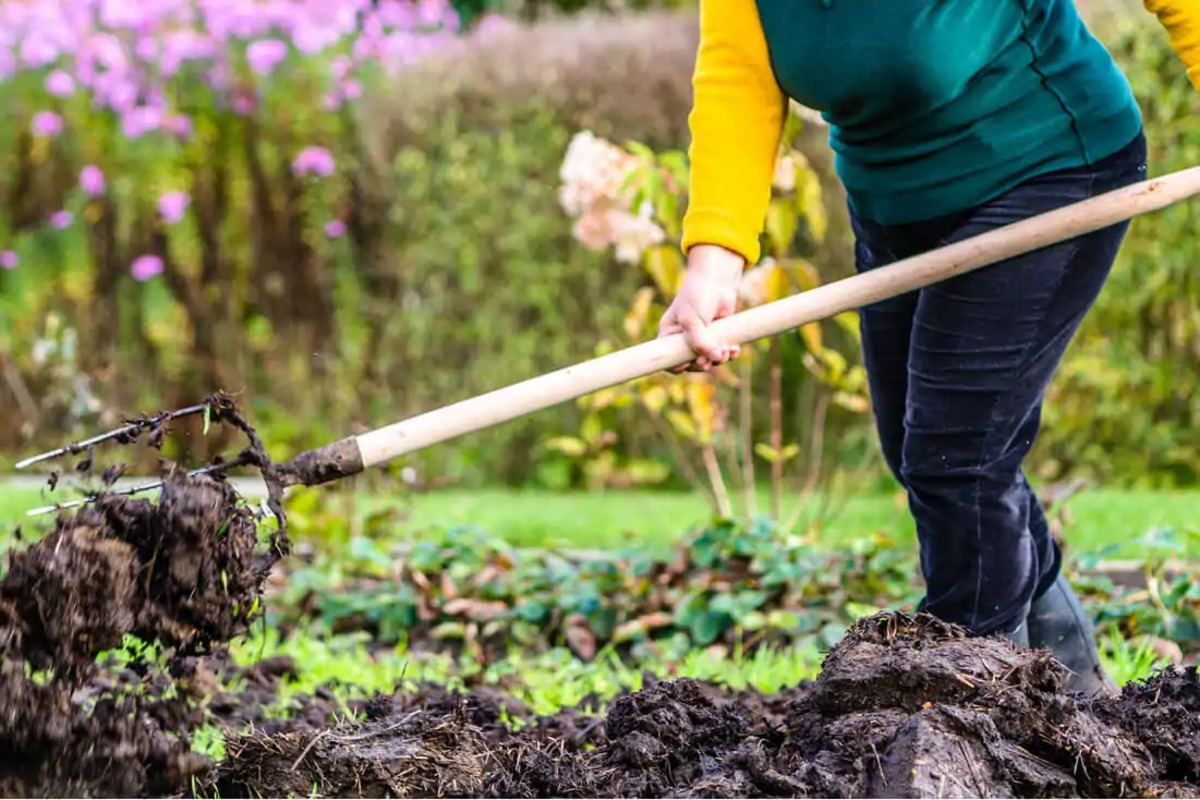
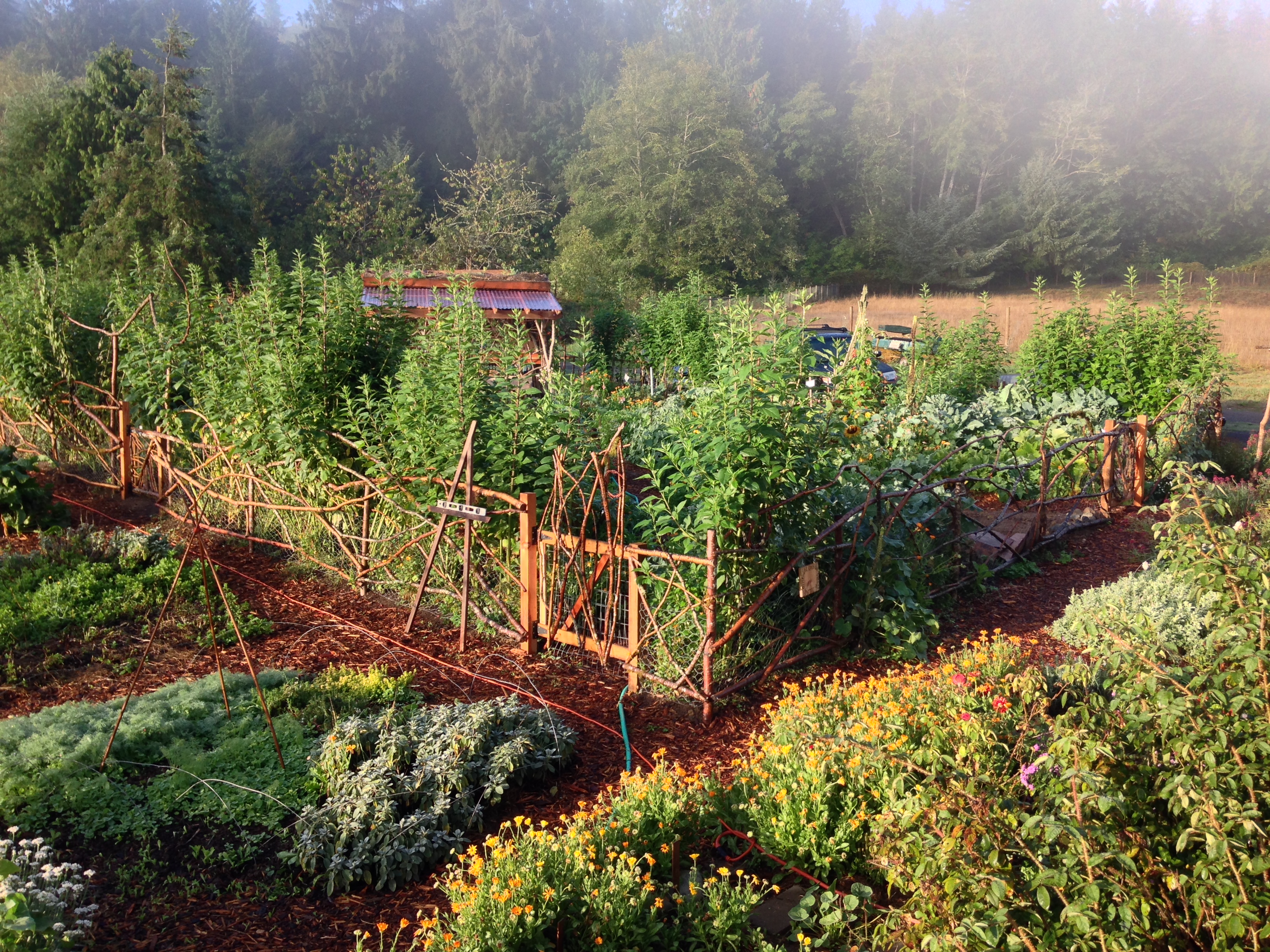



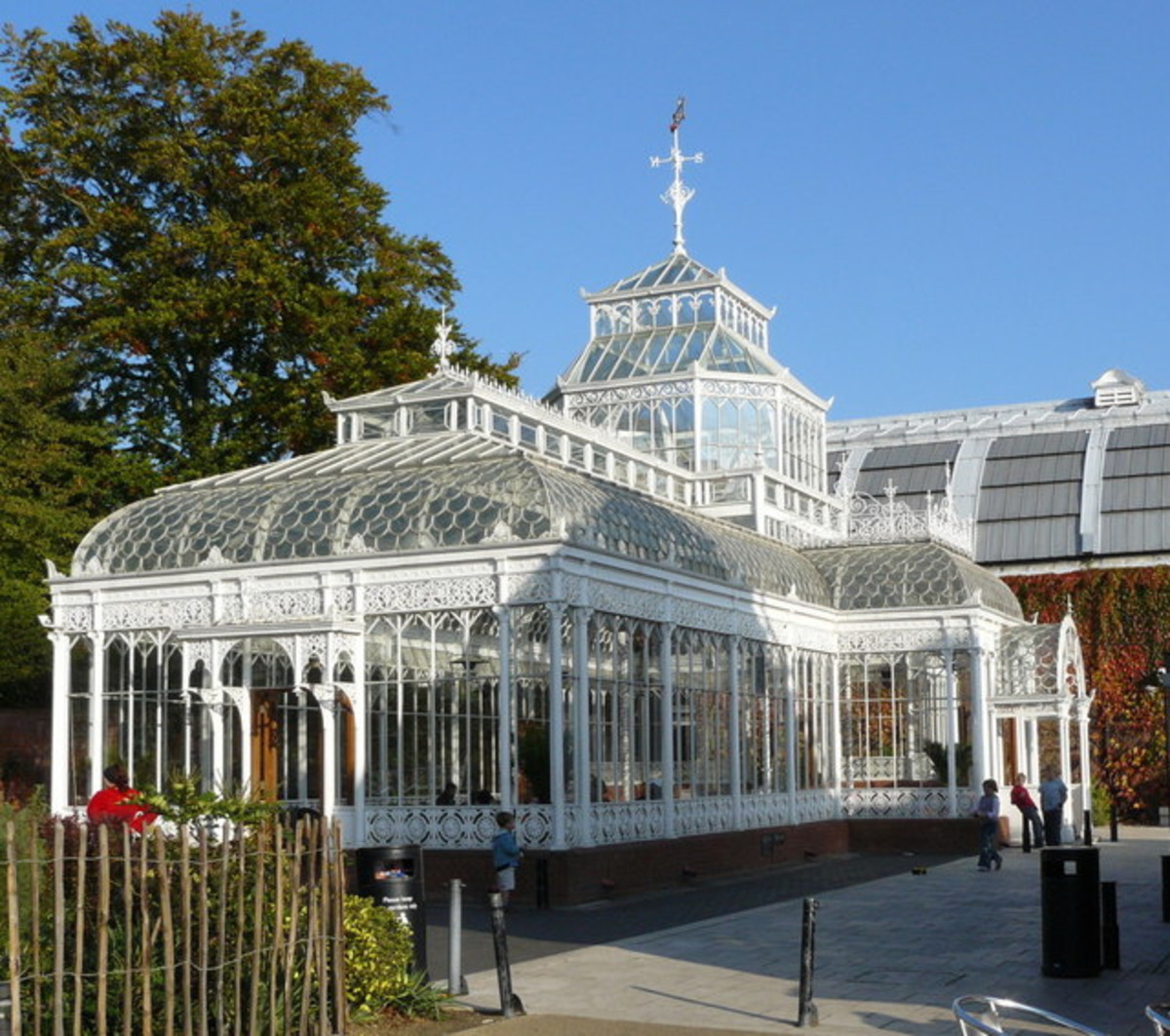
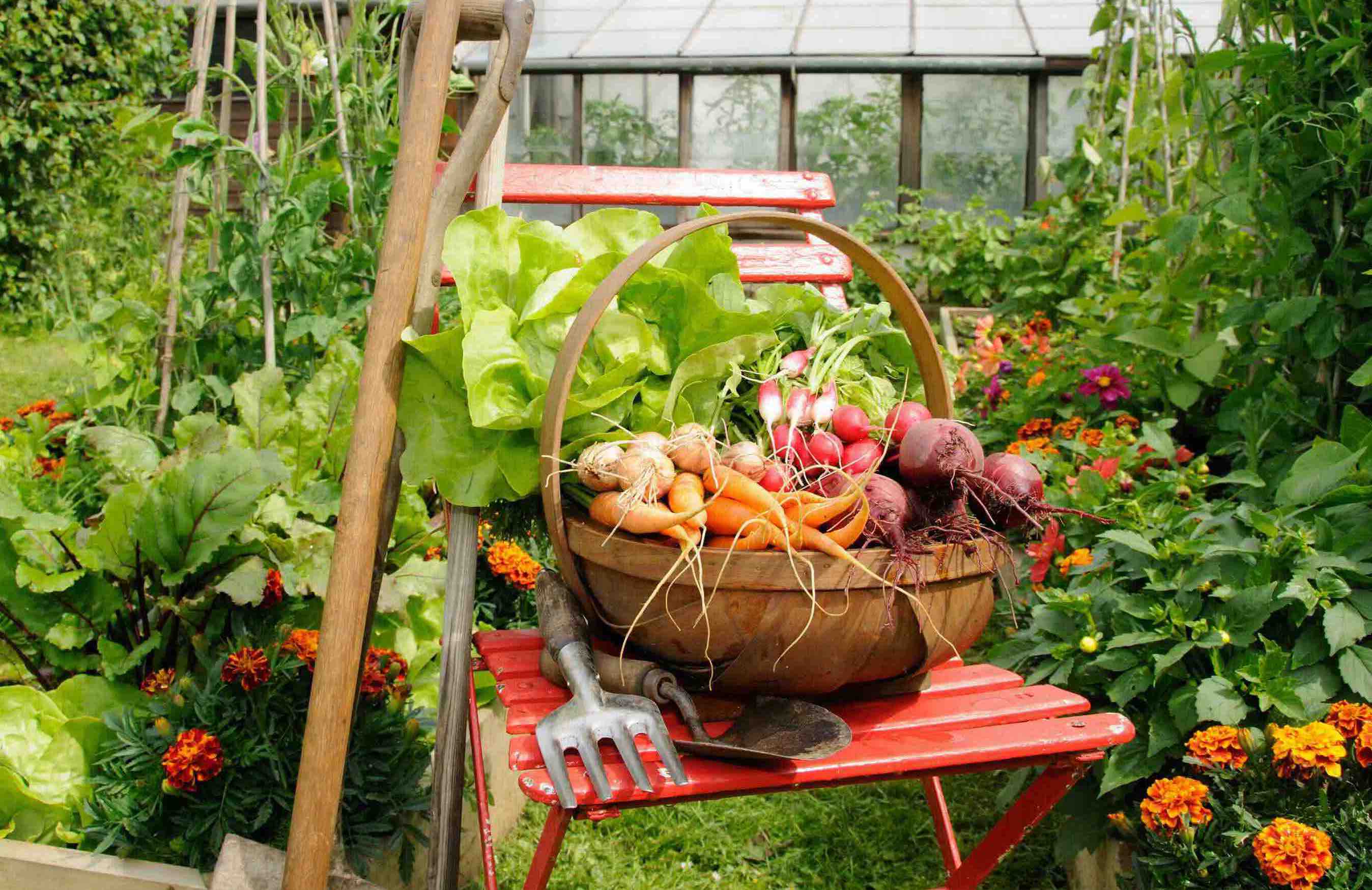
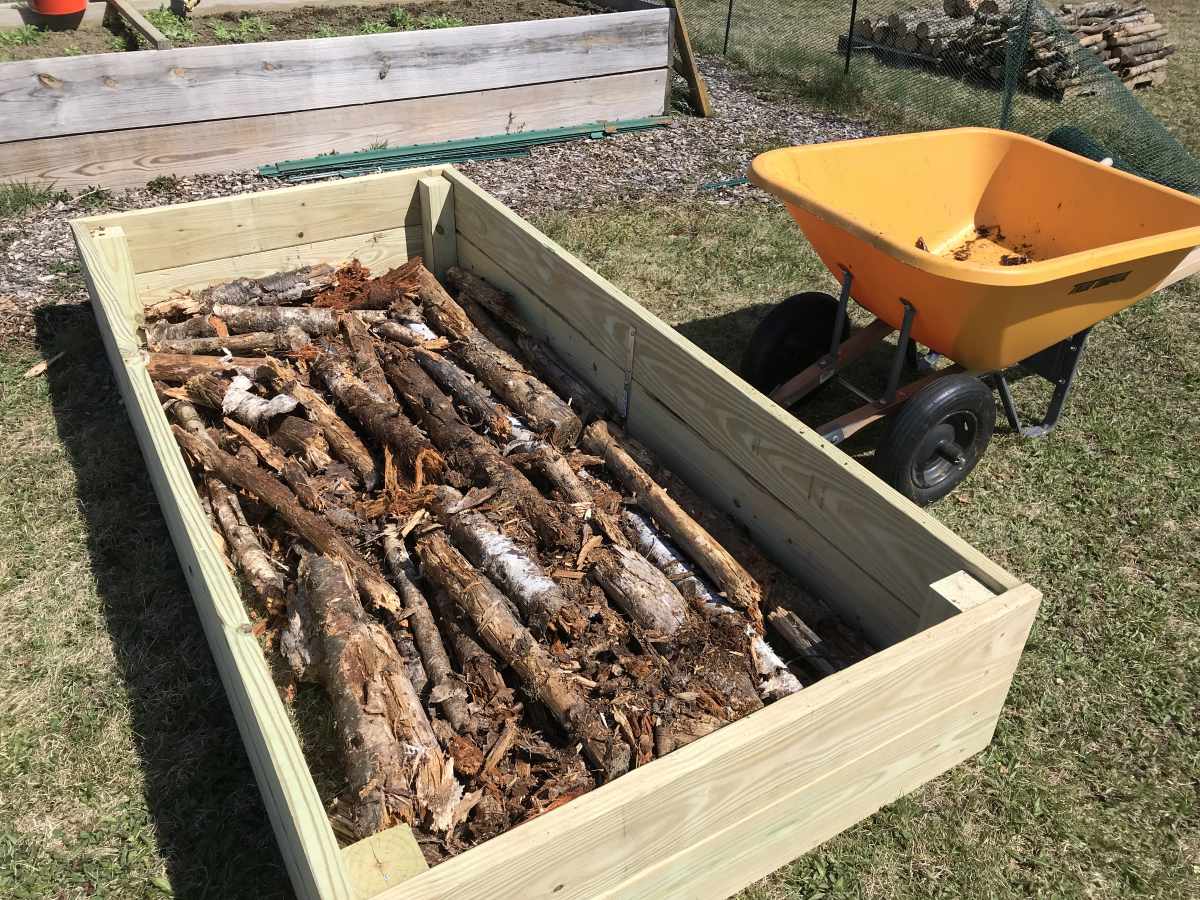

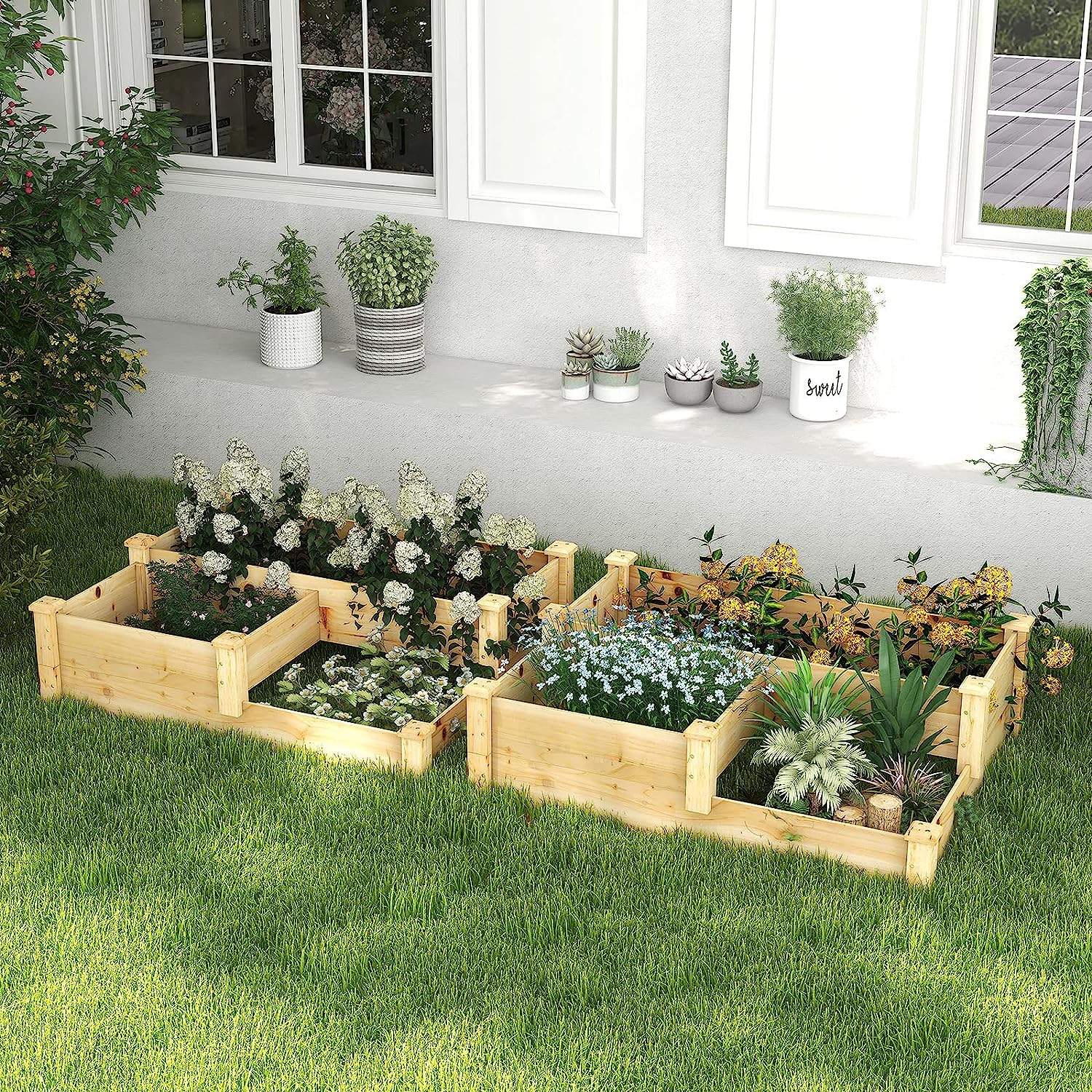
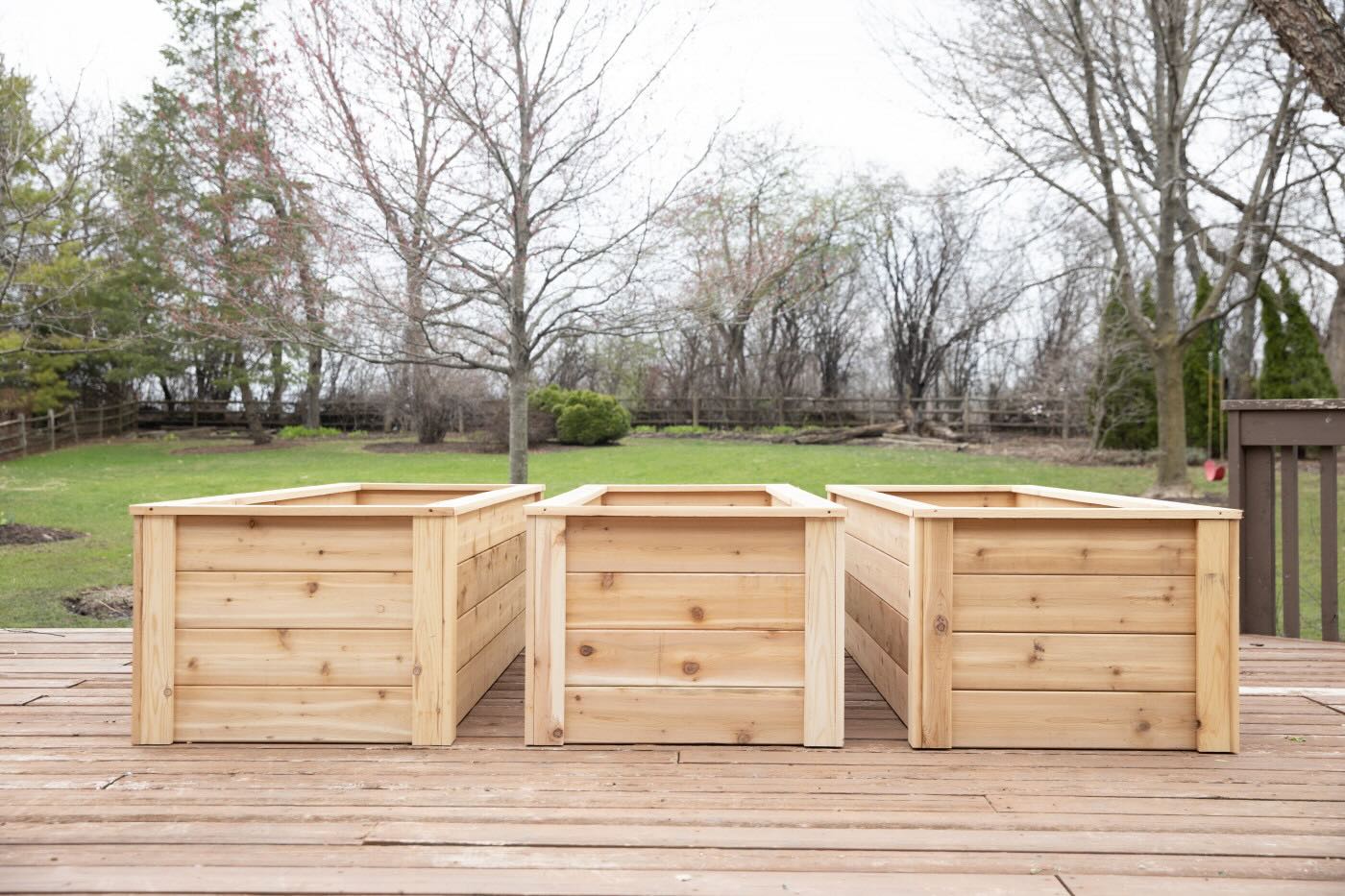
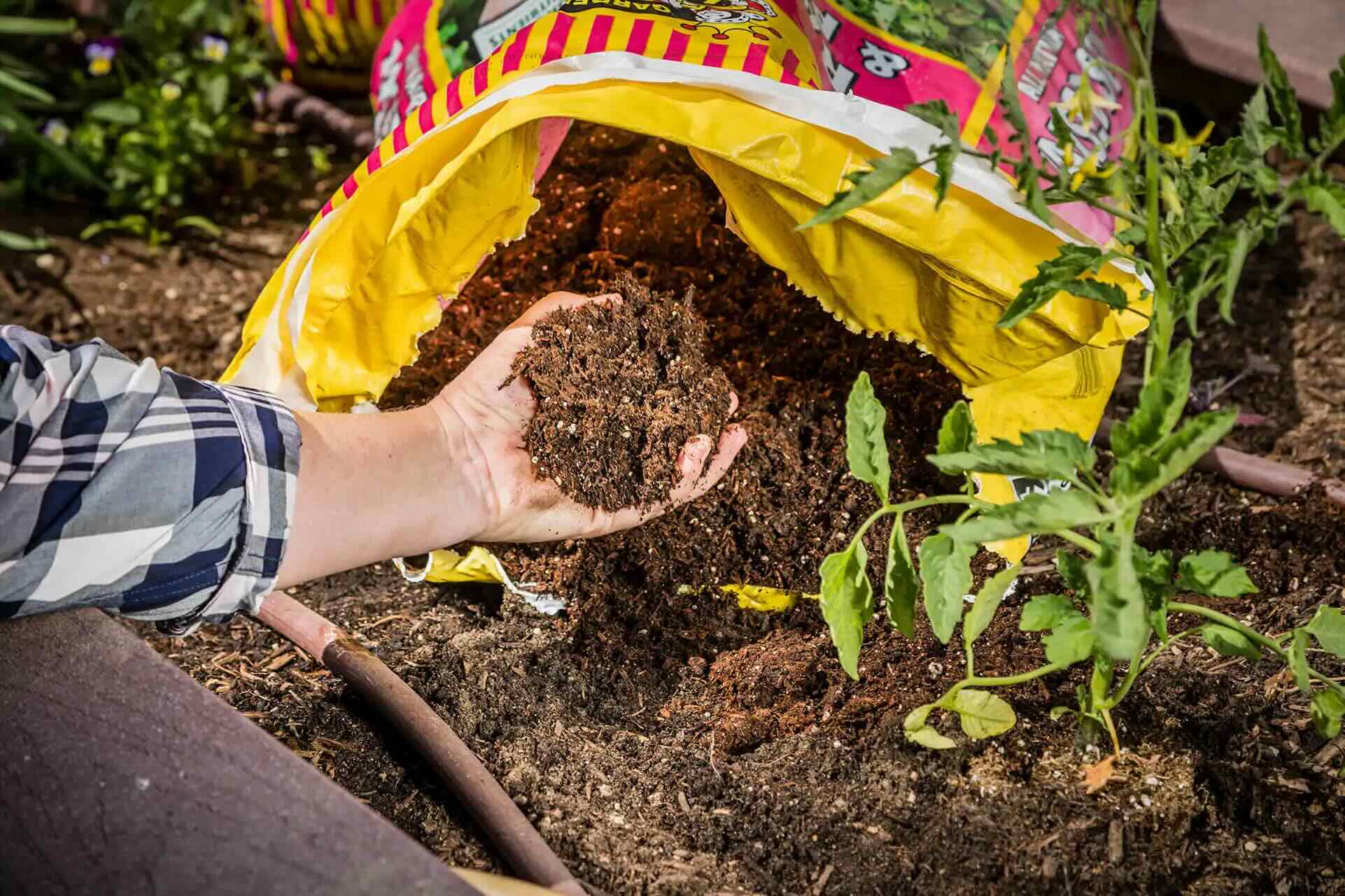

0 thoughts on “What Are Garden Gnomes”